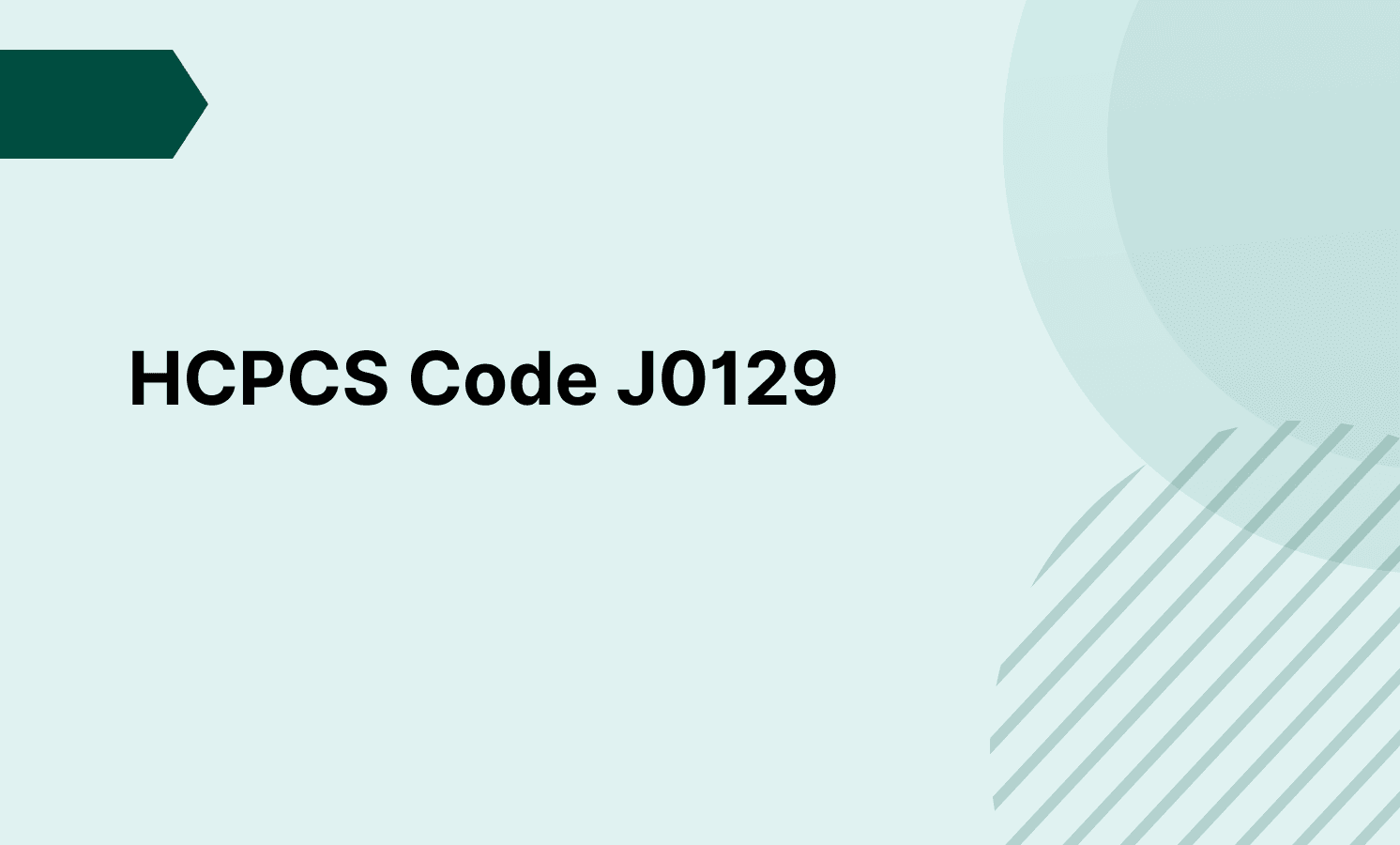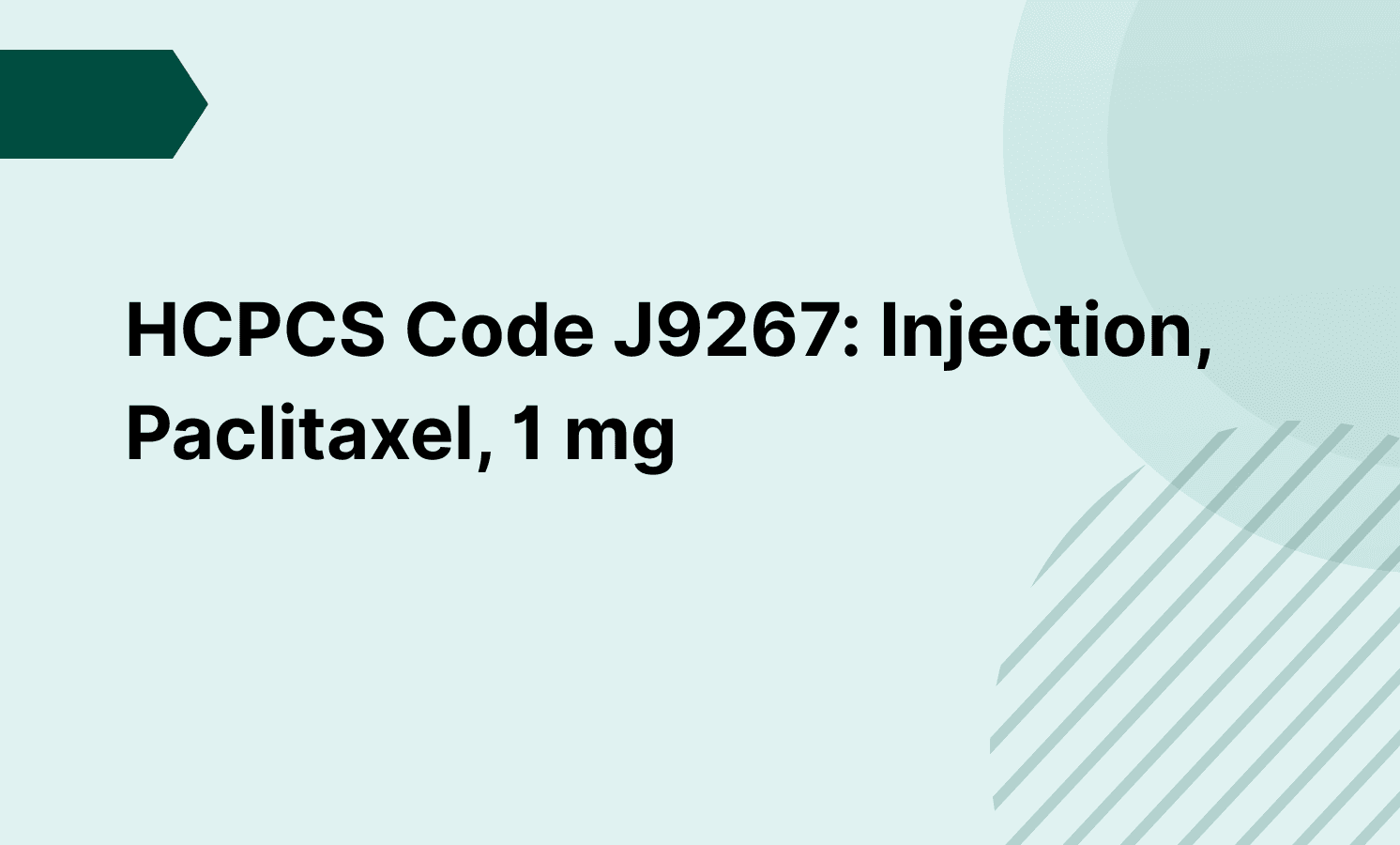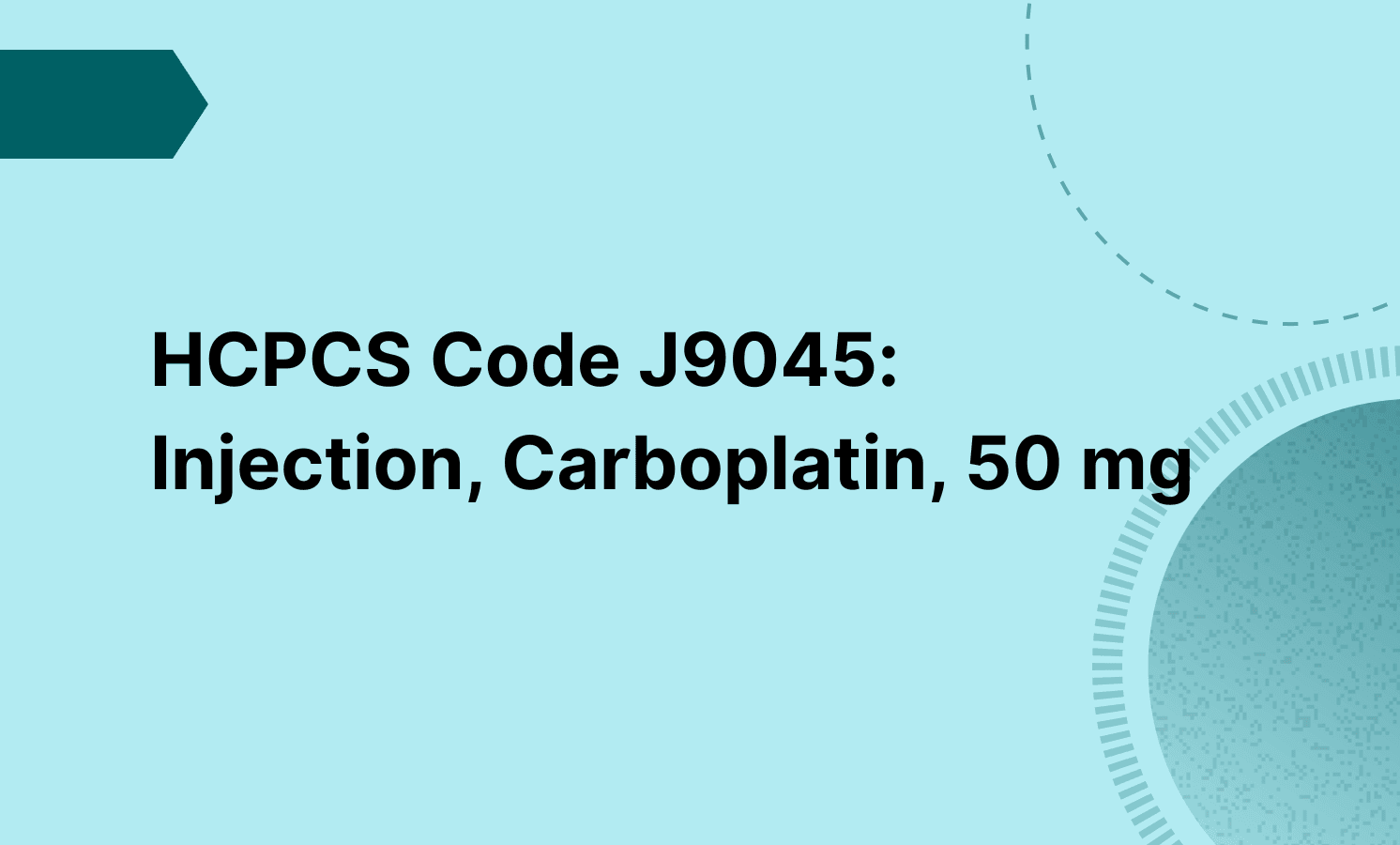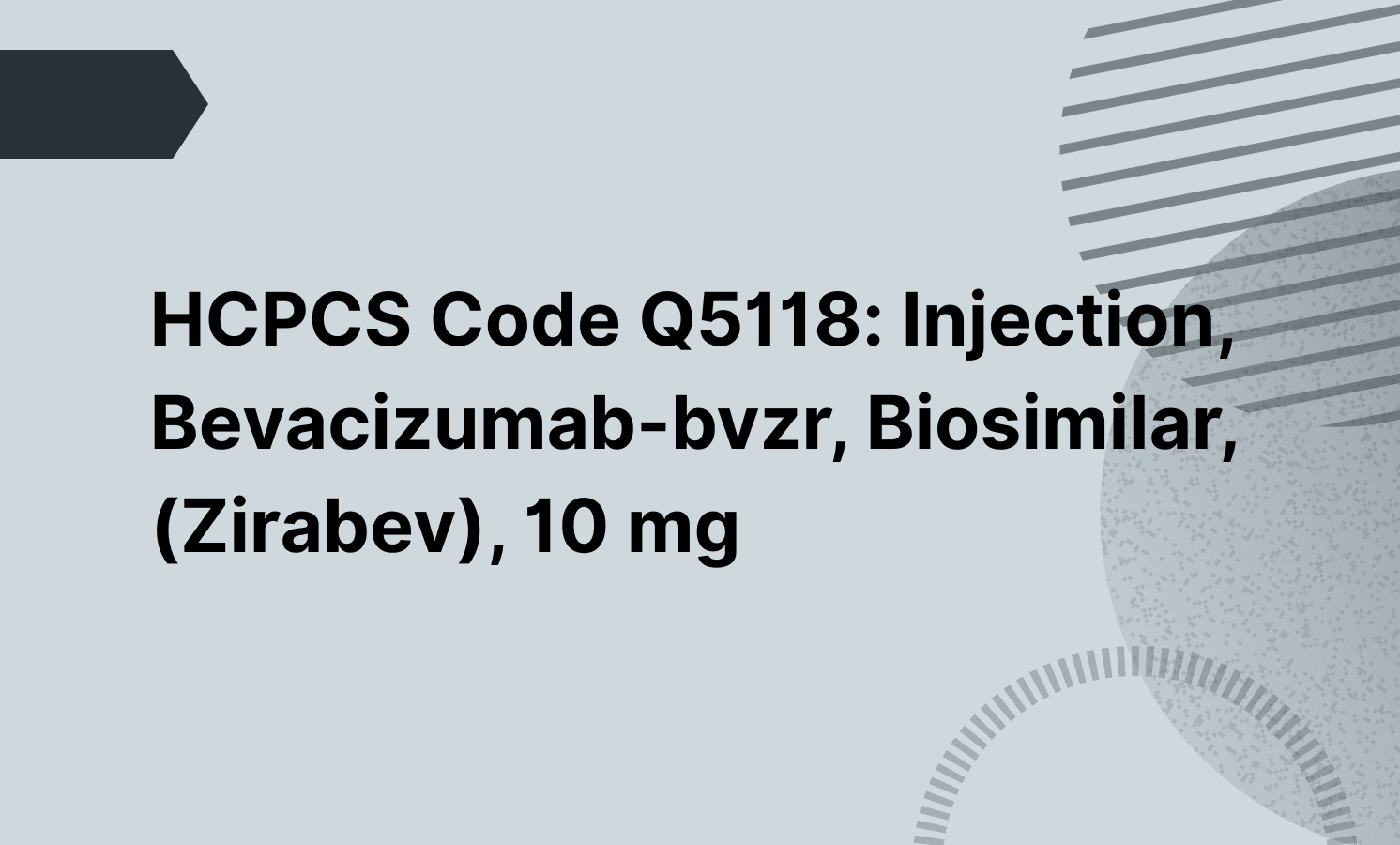Yes, if the refraction is medically necessary and separately documented. Follow payer rules regarding bundling and modifier use, if applicable.
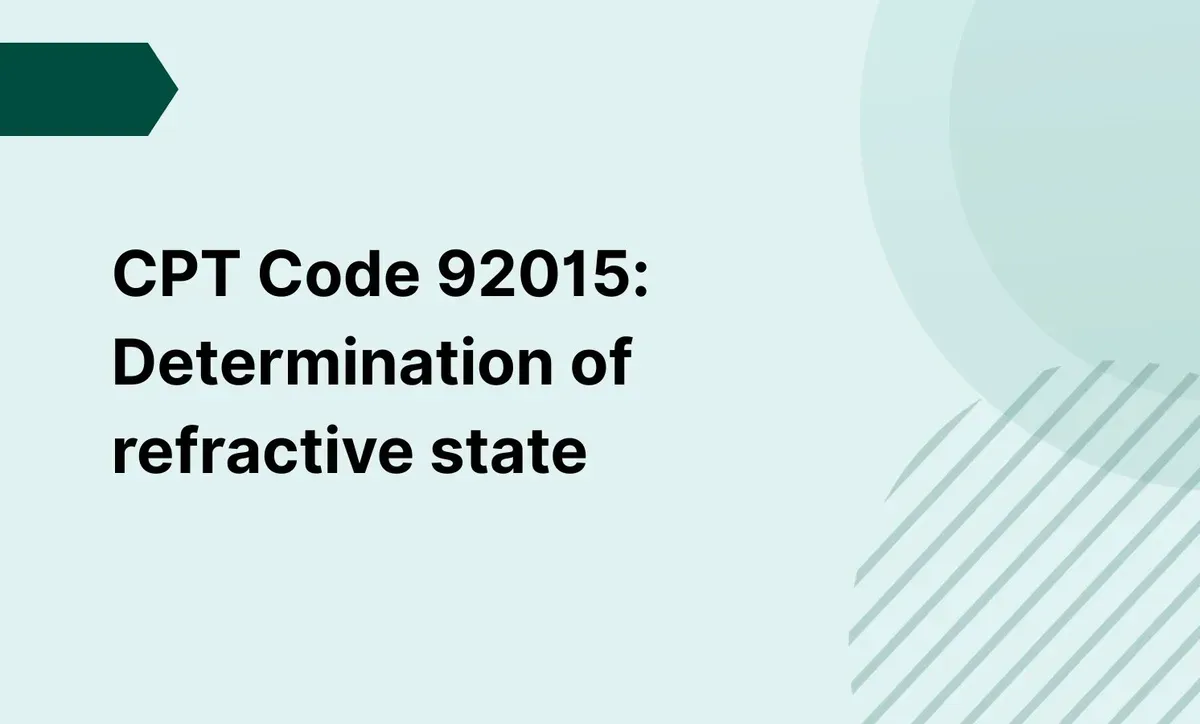
CPT Code 92015: Determination of refractive state
With this simple guide, understand how to document and bill CPT code 92015 for determining a patient's refractive state.
Frequently asked questions
The CPT code for a refractive test is 92015, which represents the determination of a patient's refractive state. This service measures how light is focused by the eye to detect refractive errors such as myopia, hyperopia, astigmatism, or presbyopia, and is typically used to prescribe corrective lenses.
The diagnosis codes for refractive errors are found under the ICD-10-CM category H52. Common examples include H52.0 for hypermetropia, H52.1 for myopia, H52.2 for astigmatism, and H52.4 for presbyopia, which are used to justify the medical necessity of CPT 92015 in clinical documentation.
EHR and practice management software
Get started for free
*No credit card required
Free
$0/usd
Unlimited clients
Telehealth
1GB of storage
Client portal text
Automated billing and online payments


